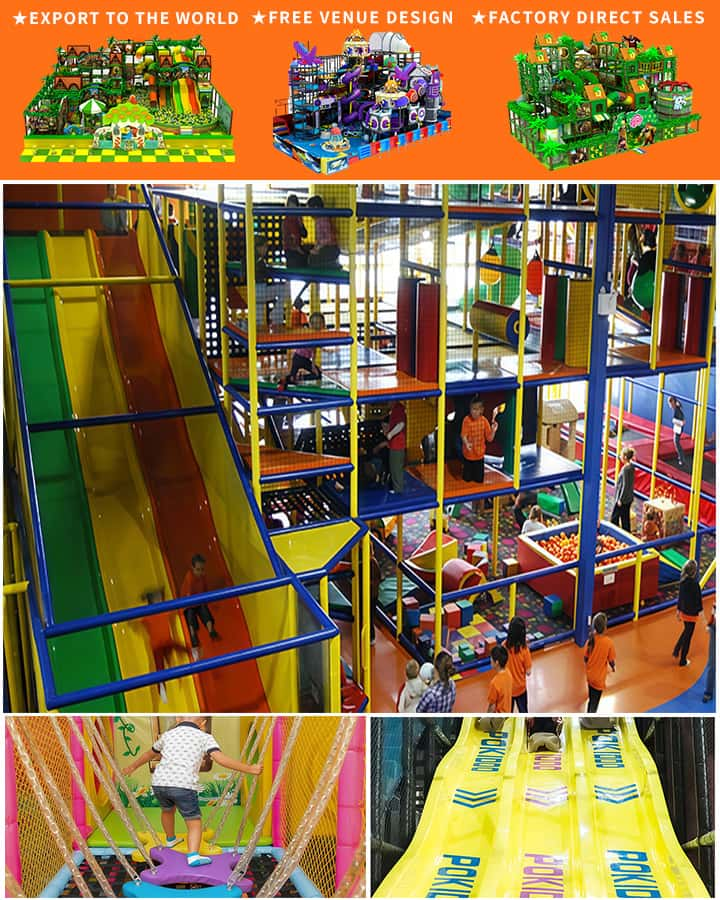In today’s fast-paced world, the importance of physical activity in schools cannot be overstated. Physical education is crucial to a child’s overall development, promoting health, social skills, and emotional growth. An essential component to ensuring students have access to these benefits is through well-maintained playgrounds equipped with appropriate recreational apparatus. However, funding such projects can often be challenging. Fortunately, there are various grants available specifically aimed at upgrading school playground equipment, providing schools with much-needed resources to create safe and stimulating play environments.
The Importance of Modern Playground Equipment
Modern playground equipment offers more than just entertainment; it fosters physical fitness, encourages social interaction, and supports cognitive development. Swings, slides, climbing frames, and seesaws are staples of traditional play areas, but contemporary designs include innovative structures like zip lines, spinner bowls, and inclusive play elements that cater to children of all abilities. These advancements promote diverse motor skill development and accommodate different needs and interests.
Moreover, updated playground equipment can significantly reduce the risk of injuries. Older equipment may not meet current safety standards, posing potential hazards. Investing in new, compliant structures ensures a safer environment for children, alleviating concerns for parents and educators alike.
Understanding Grants for Playground Equipment
Numerous organizations recognize the value of investing in school playgrounds and offer grants to support these initiatives. These grants can come from federal, state, or local governments, as well as private foundations and corporations. Some notable sources include:

Federal Grants: Programs such as the Department of Education’s 21st Century Community Learning Centers provide funding that can be allocated toward improving school facilities, including playgrounds. Additionally, the Department of Health and Human Services offers grants focused on promoting healthy lifestyles among children.
State Initiatives: Many states run their own grant programs targeting educational infrastructure. For instance, the California Department of Education offers various grants aimed at enhancing physical education resources, which can include playground upgrades.
Private Foundations: Organizations like the National Recreation and Park Association (NRPA) and KaBOOM! focus on creating and refurbishing playgrounds. They offer financial assistance and sometimes even volunteer manpower to help schools revamp their play areas.
Local Governments: City councils and county boards often have discretionary funds set aside for community improvement projects, including school playgrounds. Engaging local representatives and demonstrating community need can be an effective strategy in securing these funds.
Applying for Grants: Steps to Success
Securing a grant requires careful planning and execution. Here are some essential steps to increase the chances of obtaining funding:
Identify Needs and Goals: Conduct a thorough assessment of the current playground facilities. Identify what improvements are needed and outline the goals of the project, whether it’s enhancing safety, increasing accessibility, or introducing new play structures.
Research Available Grants: Look for grants that align with your project goals. Create a list of potential funding sources and thoroughly review their application requirements and deadlines.
Prepare a Comprehensive Proposal: A strong proposal should detail the current state of the playground, specify the proposed changes, and explain the benefits to the students and community. Include budget estimates, timelines, and any supporting data or testimonials.
Engage Stakeholders: Build a coalition of supporters, including teachers, parents, community leaders, and local businesses. Their backing can strengthen the case for funding and demonstrate widespread community interest.
Submit Applications: Ensure all documentation is complete and accurate before submitting applications. Pay close attention to formatting and submission guidelines to avoid disqualification.
Follow Up: Stay in touch with the grantor after submission to answer any questions and show continued commitment to the project.
Conclusion
Upgrading school playground equipment is a valuable investment in the health and development of students. By leveraging grants, schools can enhance their play areas without straining already tight budgets. The journey to securing funding involves meticulous preparation, research, and collaboration, but the rewards—a safer and more engaging environment for children—are well worth the effort. Through strategic planning and dedicated advocacy, schools can turn their playgrounds into vibrant spaces that enrich the lives of their students.




